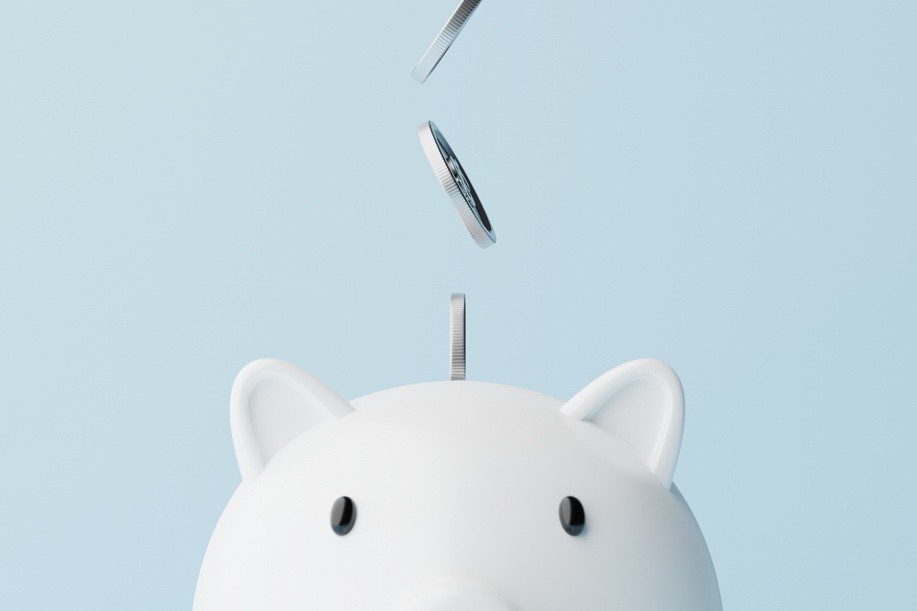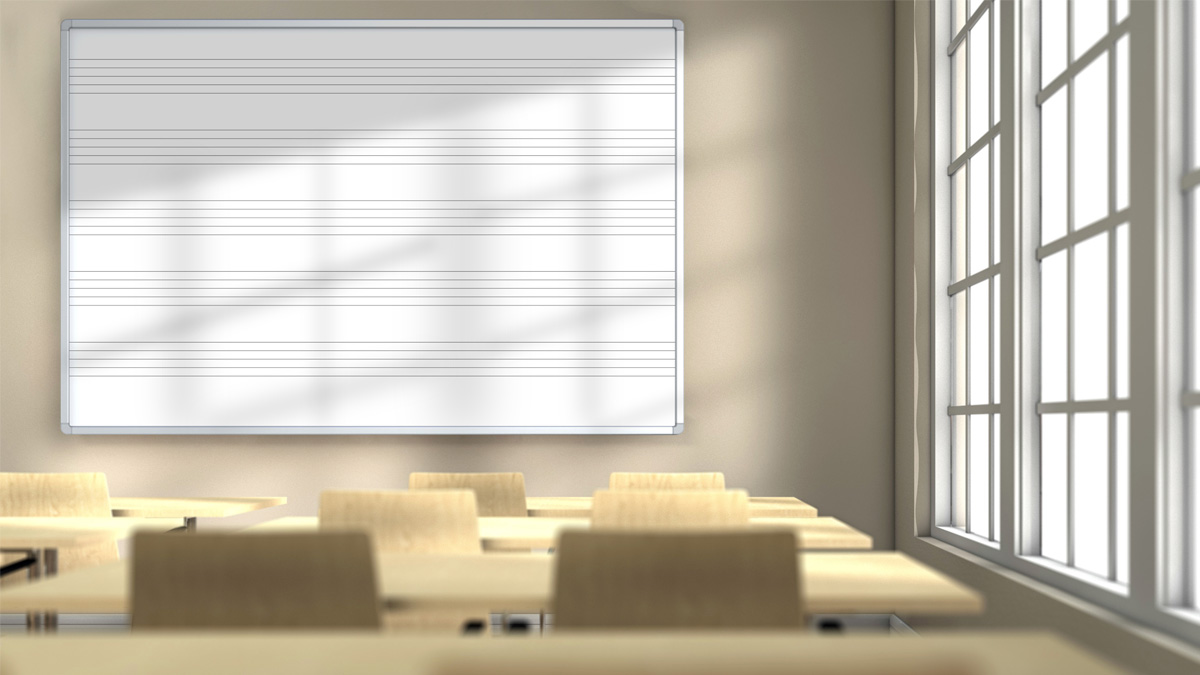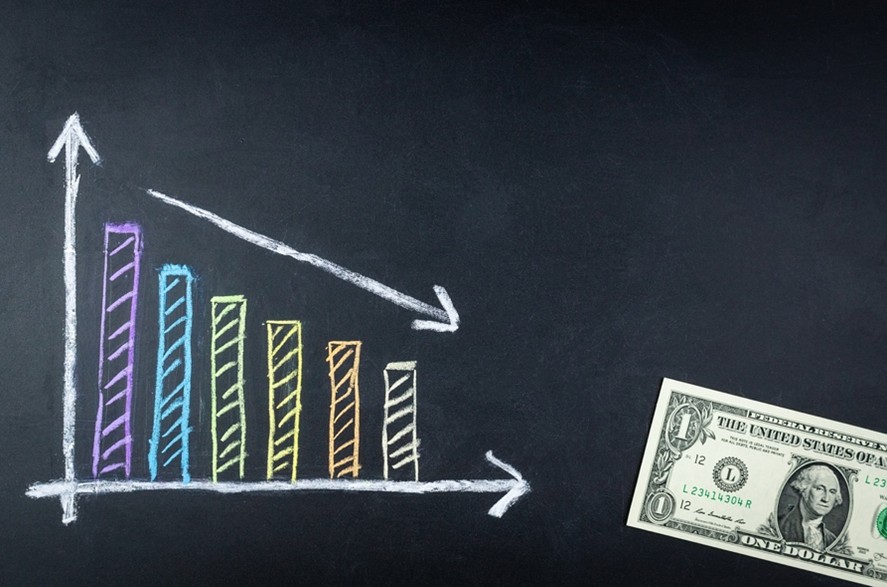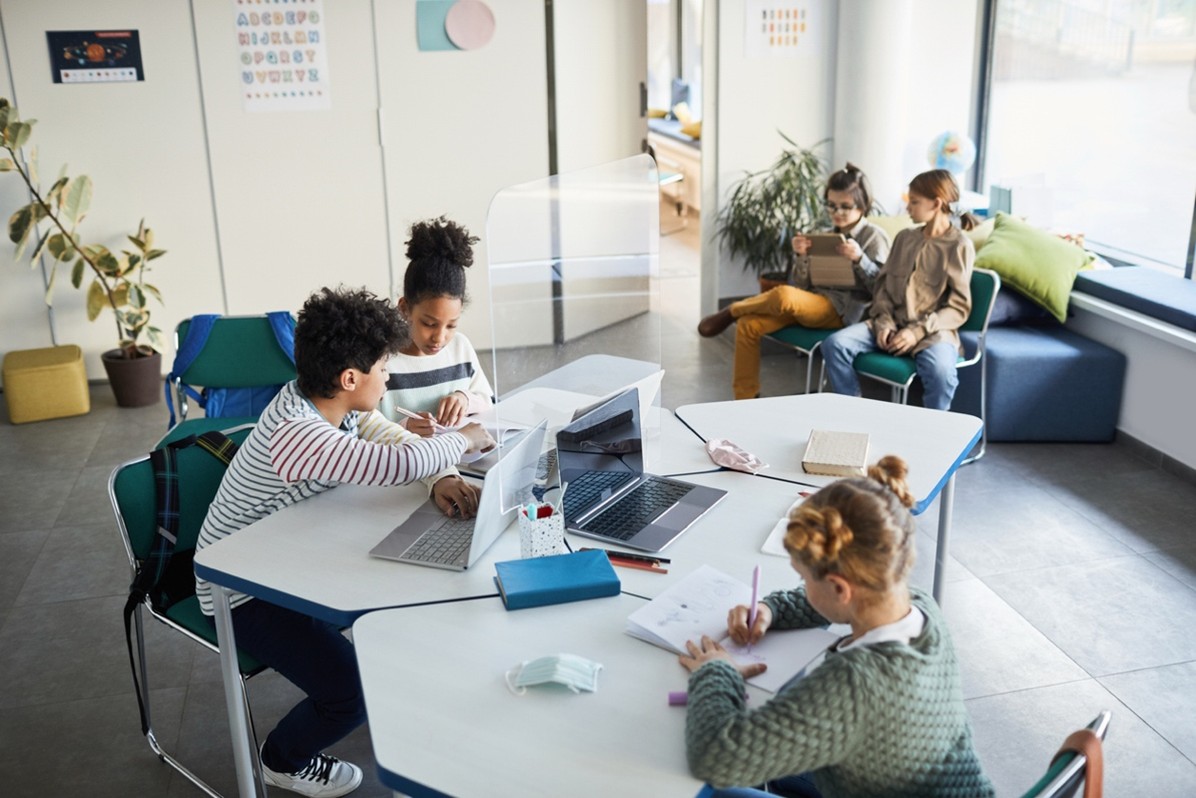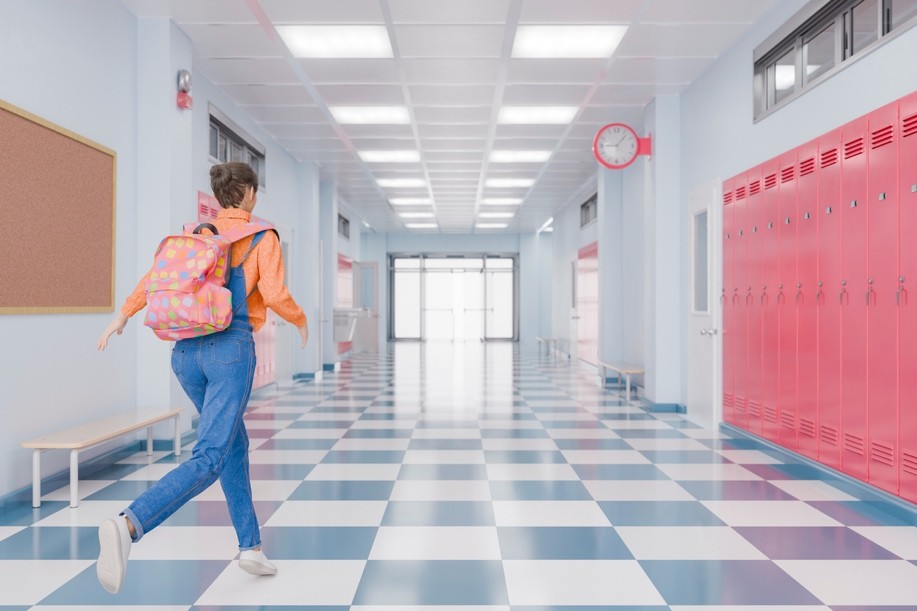Schools are looking to sports to improve their students’ experience and boost community involvement, but how can school leaders determine which athletic upgrades are worth the investment? How can we weigh actual costs, benefits, and return on investment (ROI) as we make plans for current and future students?
Physical Education used to consist of rope climbs and laps around the campus grounds, now the bar is set higher for student athletics with swimming pools, weight rooms, season-extending artificial turf, and versatile field uses. Athletics and non-traditional hands-on learning opportunities are also being viewed as an important component in addressing the crisis in student mental health with rates of anxiety and depression increasing among young people today.
Districts need to factor not only community demand for sports upgrades but also maintenance needs, area climate, and costs. Upgrades can range from bulk equipment for new sports to entirely new court installations, with grants and potential facility revenue providing limited budget supplementation to yearly budgets and bonds.
Students will use gymnasiums and equipment for years through multiple class cycles, so planning ahead will keep schools from fumbling with their athletic decisions.

Determine Goals Before Scoring Goals
The best athletic upgrades are versatile with minimal maintenance, though that may not always match with community demand.
Schools need to assess factors like climate, durability, community use, and student needs. For schools based in areas with harsh winters or regularly high temperatures, indoor facilities can provide the most use for team practices and physical education. However, outdoor courts can be better for game matches and may be optimized for weather through artificial turf or inflatable domes.
New installations like a track field or stadium lights can make stakeholders more engaged in sports, but community needs should not be a second priority. Outdoor stadiums may require ADA retrofits, pools may need a new filter or lift chairs, and locker rooms may need added shower partitions to accommodate students.
Also considering the staffing and training needs for upkeep and coaching if a new sport is introduced like swimming. Identifying what schools want, need, and can feasibly manage is the first step before seeking construction quotes for upgrades.
Installation and Funding Gameplan
Each type of athletic upgrade has its pros and cons, and tools like Sports Venue Calculator can provide estimates on project costs:
Artificial Turf: Advertised as having less upkeep costs and increased year-round use compared to grass, turf fields for football, soccer, and hockey are generally between half a million and 1.5 million. The downsides are that they need to be resurfaced once every 10 years as well as established concerns regarding forever chemical (PFAS) material safety, environmental sustainability, and injury risk compared to natural fields. 1&2
Running Tracks: Smaller training tracks can be installed starting at $100,000 with bigger 8-lane tracks priced between $500,000 to $1 million. Materials for resurfacing vary with polyurethane or artificial tracks being popular over asphalt since they allow students to run during wet weather conditions and can reduce injury risk.
Tennis Courts: Concrete courts have the highest construction costs ranging between $60,000 and $120,000; cheaper options include Clay courts between $35,000 and $95,000 or Artificial Turf courts between $25,000 and $80,000. Maintenance work levels vary based on material with Natural Grass having the highest workload, Clay requiring medium-intensity maintenance, and Asphalt, Concrete, and Acrylic being the lowest maintenance requiring only resurfacing after several years of use.
LED Sports Lighting: Replacing light fixtures can be beneficial for aesthetics and energy savings. Football stadium light installation costs between $170,000 and $900,000, with Field Hockey stadiums being moderately priced between $130,000 and $350,000.
Sports Domes: Domes can provide weather protection for fields to extend their seasons and reduce game cancellations. Smaller air domes for outside fields cost up to $30,000 and larger domes have a minimum price tag of $1 million. They can last up to 20 years with proper care and are 50-75% less expensive to build than permanent coverings.
Swimming Pools: Installation costs vary in size and annual expenses can range from $65,000 to over $300,000 including salaries, maintenance, and utilities. 3 Pools can be costly to maintain since they run continuously throughout the day to ensure chemical balances, putting strain on electric and water costs. Older installations also require equipment repairs and replacements that accumulate over time.

To fund one or several of these athletic upgrades, districts will need to pool together resources to hit their goal line. For lighting upgrades, schools can apply for energy grants including the Renew America’s Schools Grant by the DOE, or use an Energy Savings Performance Contracting (ESPC) approach where future cost savings are used to pay financing costs.
Schools may also rent out their facilities or open them to the public during non-instruction hours to help with regular expenses. Passing bonds can be another play for funding, but schools may need to alter upgrades to match community desires, such as material type selection based on price tag or safety concerns among voters.
Prioritizing Players Over the Game
School sports participation can boost community morale and is positively correlated with academic achievement, body image, and self-esteem. 4
Athletic upgrades may take years to be approved and built, but schools can make smaller investments in the interim. New equipment, uniforms, or rented use of external practice locations can provide similar benefits at minimal expense.
Schools can also introduce new physical education activities or sports clubs that require minimal equipment and are versatile in practice location like yoga or pilates. Moreover, sports registration fee subsidization either by the school or local partners can ensure a wider range of students can access the benefits of existing or upcoming facilities. 5
Scoring Upgrades for Athletics
Budget availability shouldn’t be the only factor in determining athletic upgrades.
Installations will be used for years and need to be durable, appropriate for the climate, and manageable over the long term. Bigger spaces may cost more to construct but can provide revenue opportunities through inter-school use. Repairs for older swimming pools and areas may not seem like a large cost in the short term, but compared to the long-term savings of entirely new installations it may be worth the high investment.
Additionally, upgrades must have the highest potential for use by teams, physical education classes, and external participants to maximize their intended purpose.
Schools need to carefully plan their upgrade selections to ensure a positive return on investment from savings to student success.
- Lampariello, D., & CBS13 I-Team. (2024, May 16). Forever chemicals on turf fields? Studies increase debate over synthetic vs. real grass. WGME. https://wgme.com/news/i-team/forever-chemicals-on-sports-fields-studies-increase-debate-over-grass-vs-artificial-turf-maine-sports-spring-parents-athletes-pfas-msad-51-five-town-csd
- Johnson, C. K. (2023, October 9). What does the science say about the grass vs. turf debate in sports? AP News. https://apnews.com/article/nfl-aaron-rodgers-achilles-grass-artificial-turf-79212f5443cd2a0d30fe8c9d981b13c0
- Reavy, A. (2011, November 20). Economics daunting for schools to include swimming pools. The State Journal-Register. https://www.sj-r.com/story/news/education/2011/11/20/economics-daunting-for-schools-to/41731234007/
- Wretman, C. J. (2017). School sports participation and academic achievement in middle and high school. Journal of the Society for Social Work and Research, 8(3), 399–420. https://doi.org/10.1086/693117
- Sulz, L. D., Gleddie, D. L., Kinsella, C., & Humbert, M. L. (2023). The health and educational impact of removing financial constraints for school sport. European physical education review, 29(1), 3–21. https://doi.org/10.1177/1356336X221104909



